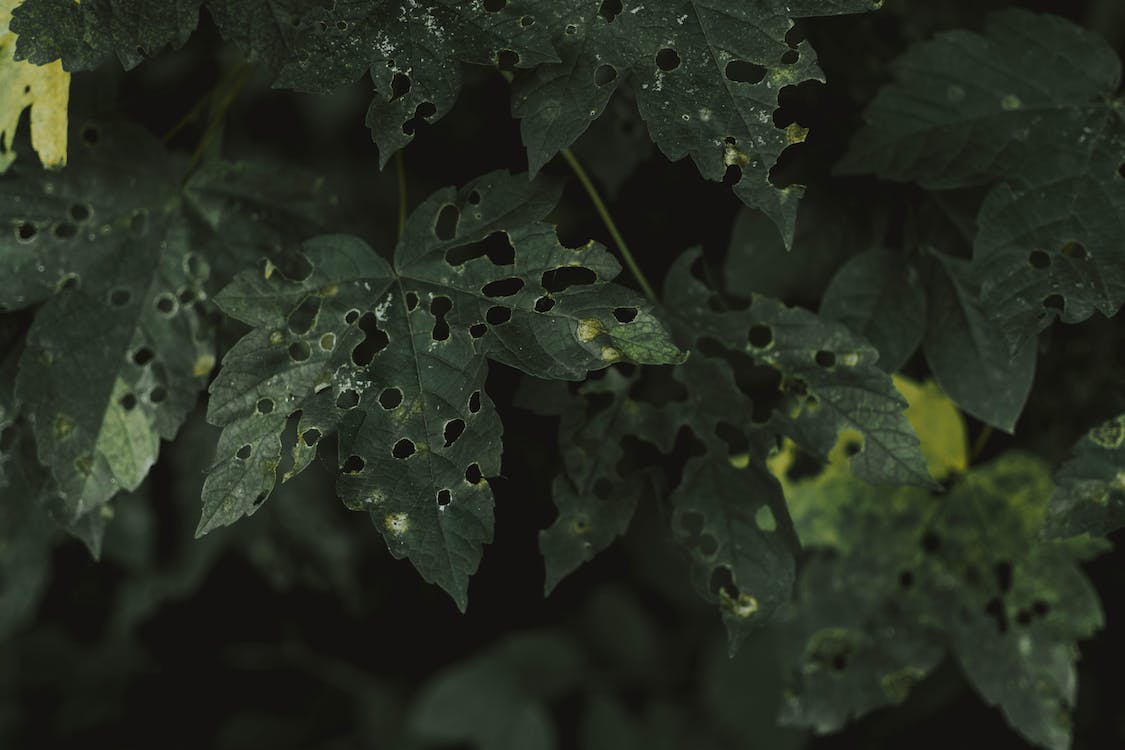Diseases to Be Aware of in Your South African Home Garden

Home gardening is a popular and rewarding hobby in South Africa, allowing individuals to connect with nature and enjoy the beauty of their outdoor spaces. However, it’s essential to be aware of potential diseases that can affect your garden, as they can undermine all your hard work. In this article, we’ll explore some common diseases that gardeners in South Africa should be vigilant about.
- Powdery Mildew: Powdery mildew is a widespread fungal disease that affects various plants in South African gardens. It appears as a white, powdery substance on the leaves and stems of plants, causing them to wither and weaken. To prevent powdery mildew, ensure proper air circulation between plants, avoid overwatering, and use fungicides when necessary.
- Downy Mildew: Downy mildew is another fungal disease that commonly plagues South African gardens, particularly during the cooler, wetter months. It causes yellow or pale green spots on leaves, often followed by wilting and decay. To combat downy mildew, practice good garden hygiene by removing and disposing of infected plant material and use appropriate fungicides.
- Citrus Canker: Citrus canker is a bacterial disease that primarily affects citrus trees. It causes raised lesions on leaves, fruit, and stems, leading to fruit drop and reduced tree health. Gardeners should regularly inspect their citrus trees for symptoms and take immediate action, such as pruning and using copper-based sprays or antibiotics if detected.
- Leaf Spot Diseases: Various leaf spot diseases, caused by fungi or bacteria, can affect a wide range of plants in South African gardens. These diseases manifest as circular or irregular spots on leaves, leading to premature leaf drop and reduced plant vigor. To manage leaf spot diseases, practice good watering habits, maintain proper spacing between plants, and apply appropriate fungicides.
- Black Spot on Roses: Black spot is a common disease that affects rose bushes in South African gardens. It presents as circular black lesions on rose leaves, causing defoliation and weakening the plant. Regularly inspect your roses, remove affected leaves, and apply fungicides labeled for black spot control.
- Fusarium Wilt: Fusarium wilt is a soil-borne fungal disease that affects a variety of plants, including tomatoes and bananas. It leads to wilting, yellowing, and stunted growth. To prevent fusarium wilt, practice crop rotation, choose disease-resistant plant varieties, and maintain healthy soil.
- Root Rot: Root rot is a serious problem in South African gardens, especially in regions with heavy rainfall. It affects the roots, causing them to decay and the plant to wilt. Avoid overwatering, ensure proper drainage, and treat the soil with fungicides when necessary to combat root rot.
Maintaining a healthy garden in South Africa requires vigilance when it comes to disease management. Regular monitoring, proper plant care, and timely intervention are essential to protect your garden from the diseases mentioned above. By staying informed and taking appropriate measures, you can enjoy a thriving and disease-free home garden in South Africa.
Comments
Add comment